Code
HCS33800
Weight
3.1 Kg / 6.83 lbs
Size
Height
50cm (20") Width
35cm (14") Depth
17cm (7") Material
Wood
Availability
Available

Safe Payment
We accept Paypal, Money Transfer, Bank Transfer
Confidence
Protection covers your purchase and personal data.
Worldwide Delivery
We ship Worldwide, except Russia.Shipping cost US$25.2 for upto 0.5 kgs

Hotline
Talk to help line for your question on 9841267335Mahakala Four Arms : The Four-Armed Mahakala
Chaturbhuja Mahakala, meaning "four-armed Mahakala," is a revered deity in Tibetan Buddhism. This form of Mahakala is associated with power, protection, and the ability to overcome obstacles. With a fierce expression and a dark complexion, Chaturbhuja Mahakala is depicted with four arms, each holding significant symbolic objects. Devotees turn to this deity for guidance and assistance on their spiritual journey. Read More . . .
Chaturbhuja Mahakala, meaning "four-armed Mahakala," is a revered deity in Tibetan Buddhism. This form of Mahakala is associated with power, protection, and the ability to overcome obstacles. With a fierce expression and a dark complexion, Chaturbhuja Mahakala is depicted with four arms, each holding significant symbolic objects. Devotees turn to this deity for guidance and assistance on their spiritual journey. Read More . . .
The Four-Armed Mahakala :
Chaturbhuja Mahakala, meaning "four-armed Mahakala," is a revered deity in Tibetan Buddhism. This form of Mahakala is associated with power, protection, and the ability to overcome obstacles. With a fierce expression and a dark complexion, Chaturbhuja Mahakala is depicted with four arms, each holding significant symbolic objects. Devotees turn to this deity for guidance and assistance on their spiritual journey.
Iconography:
Chaturbhuja Mahakala is depicted with a wrathful appearance. His four arms hold various symbolic attributes, including a sword in the top right hand, representing the cutting of ignorance and obstacles. The other hands may hold a trident (trishula), a skull cup (kapala), and a lasso (pasha). He typically stands atop a corpse, symbolizing the transcendence of death and impermanence.
History:
The origins of Chaturbhuja Mahakala can be traced back to ancient Indian Buddhism, where the concept of Mahakala as a wrathful deity emerged. This form gained prominence in Tibetan Buddhism and is highly revered in the Kagyu and Gelug lineages. Chaturbhuja Mahakala is seen as a guardian and protector of the teachings and practitioners.
Temples and Monasteries:
While specific temples or monasteries dedicated solely to Chaturbhuja Mahakala may not be widely known, various Buddhist monasteries and temples in Nepal, such as Boudhanath Stupa, Swayambhunath Stupa, Kopan Monastery, and Shechen Monastery, incorporate worship and reverence for Mahakala within their sacred spaces.
Benefits of practicing Chaturbhuja Mahakala:
Devotees believe that practicing Chaturbhuja Mahakala can bring protection from negative influences, removal of obstacles, and the development of inner strength and fearlessness. By connecting with this deity, practitioners seek spiritual growth, transformation, and the attainment of enlightenment.
How to practice:
Practices associated with Chaturbhuja Mahakala involve mantra recitation, visualization, meditation, and ritual offerings. Engaging in ethical conduct, cultivating compassion, and dedicating one's actions for the benefit of all beings are also important aspects of the practice.
Mantras of Chaturbhuja Mahakala:
The primary mantra associated with Chaturbhuja Mahakala is "OM BENZA MAHAKALA HUNG PHAT." Chanting this mantra with devotion and focus is believed to invoke the blessings and protective power of Chaturbhuja Mahakala. Various lineages and practices may also have their own unique mantras associated with this deity.
Chaturbhuja Mahakala is depicted with a wrathful appearance. His four arms hold various symbolic attributes, including a sword in the top right hand, representing the cutting of ignorance and obstacles. The other hands may hold a trident (trishula), a skull cup (kapala), and a lasso (pasha). He typically stands atop a corpse, symbolizing the transcendence of death and impermanence.
History:
The origins of Chaturbhuja Mahakala can be traced back to ancient Indian Buddhism, where the concept of Mahakala as a wrathful deity emerged. This form gained prominence in Tibetan Buddhism and is highly revered in the Kagyu and Gelug lineages. Chaturbhuja Mahakala is seen as a guardian and protector of the teachings and practitioners.
Temples and Monasteries:
While specific temples or monasteries dedicated solely to Chaturbhuja Mahakala may not be widely known, various Buddhist monasteries and temples in Nepal, such as Boudhanath Stupa, Swayambhunath Stupa, Kopan Monastery, and Shechen Monastery, incorporate worship and reverence for Mahakala within their sacred spaces.
Benefits of practicing Chaturbhuja Mahakala:
Devotees believe that practicing Chaturbhuja Mahakala can bring protection from negative influences, removal of obstacles, and the development of inner strength and fearlessness. By connecting with this deity, practitioners seek spiritual growth, transformation, and the attainment of enlightenment.
How to practice:
Practices associated with Chaturbhuja Mahakala involve mantra recitation, visualization, meditation, and ritual offerings. Engaging in ethical conduct, cultivating compassion, and dedicating one's actions for the benefit of all beings are also important aspects of the practice.
Mantras of Chaturbhuja Mahakala:
The primary mantra associated with Chaturbhuja Mahakala is "OM BENZA MAHAKALA HUNG PHAT." Chanting this mantra with devotion and focus is believed to invoke the blessings and protective power of Chaturbhuja Mahakala. Various lineages and practices may also have their own unique mantras associated with this deity.


![[bhairav], [4 Arm Mahakala], Handmade Wooden Mask, Wall Hanging, [painted], Poplar Wood](https://handicraftseller.com/uploads/pics/product/thumb/2024/09/33800.jpg)
![[bhairav], [4 Arm Mahakala], Handmade Wooden Mask, Wall Hanging, [painted], Poplar Wood](https://handicraftseller.com/uploads/pics/product/thumb/2024/09/33800_0.jpg)
![[bhairav], [4 Arm Mahakala], Handmade Wooden Mask, Wall Hanging, [painted], Poplar Wood](https://handicraftseller.com/uploads/pics/product/thumb/2024/09/33800_1.jpg)
![[bhairav], [4 Arm Mahakala], Handmade Wooden Mask, Wall Hanging, [painted], Poplar Wood](https://handicraftseller.com/uploads/pics/product/thumb/2024/09/33800_2.jpg)
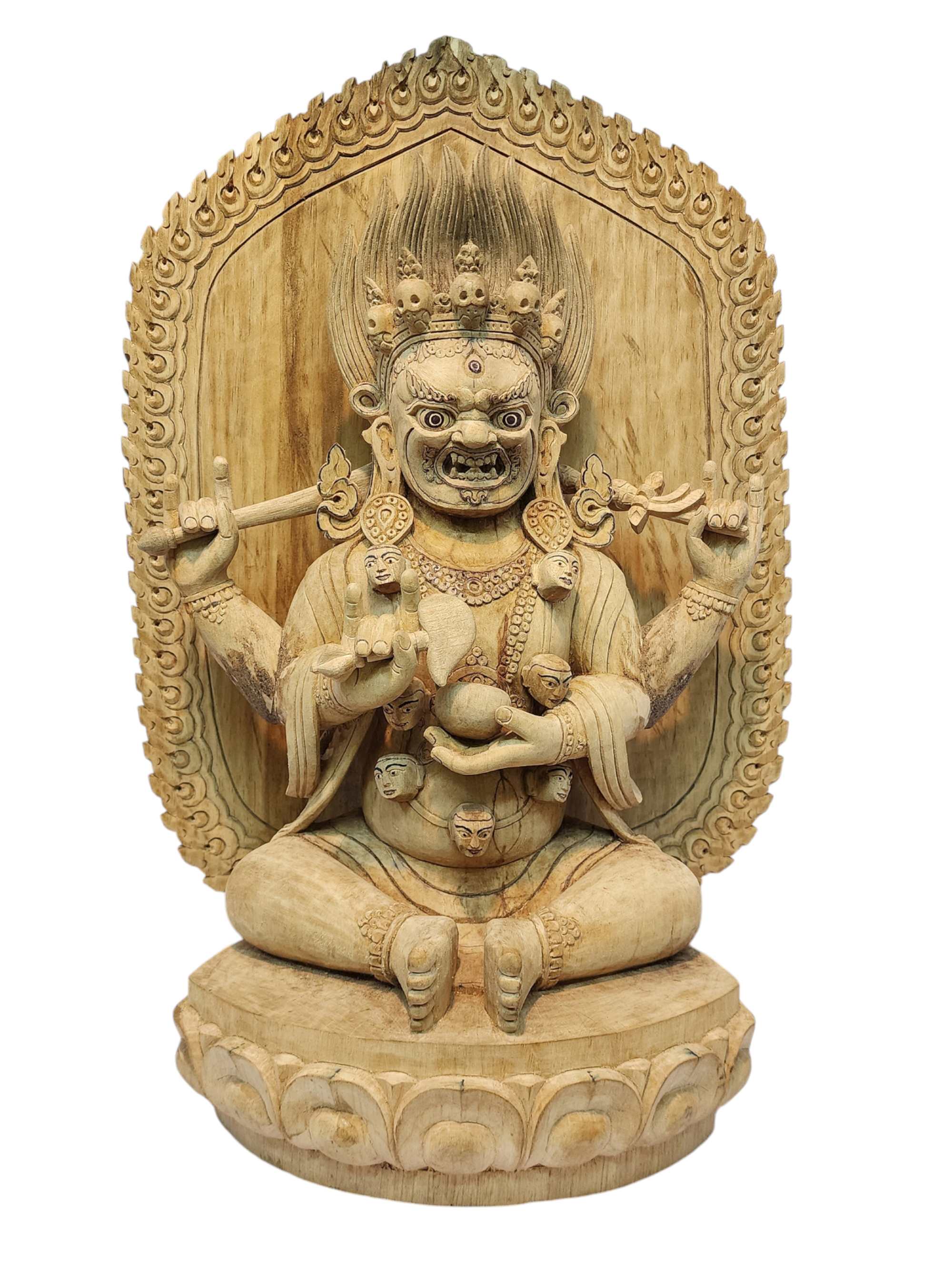
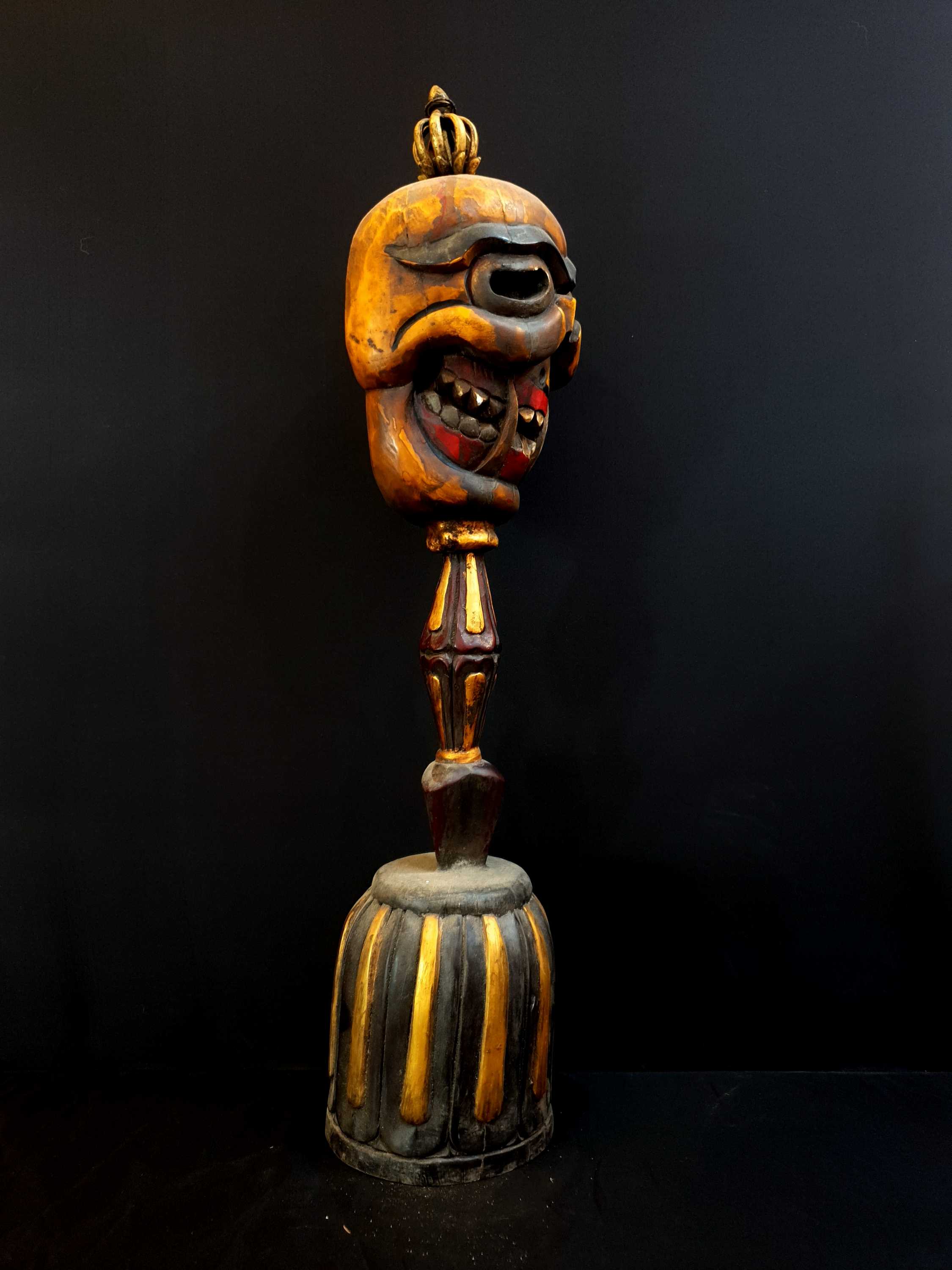 Large, Wooden
Large, Wooden 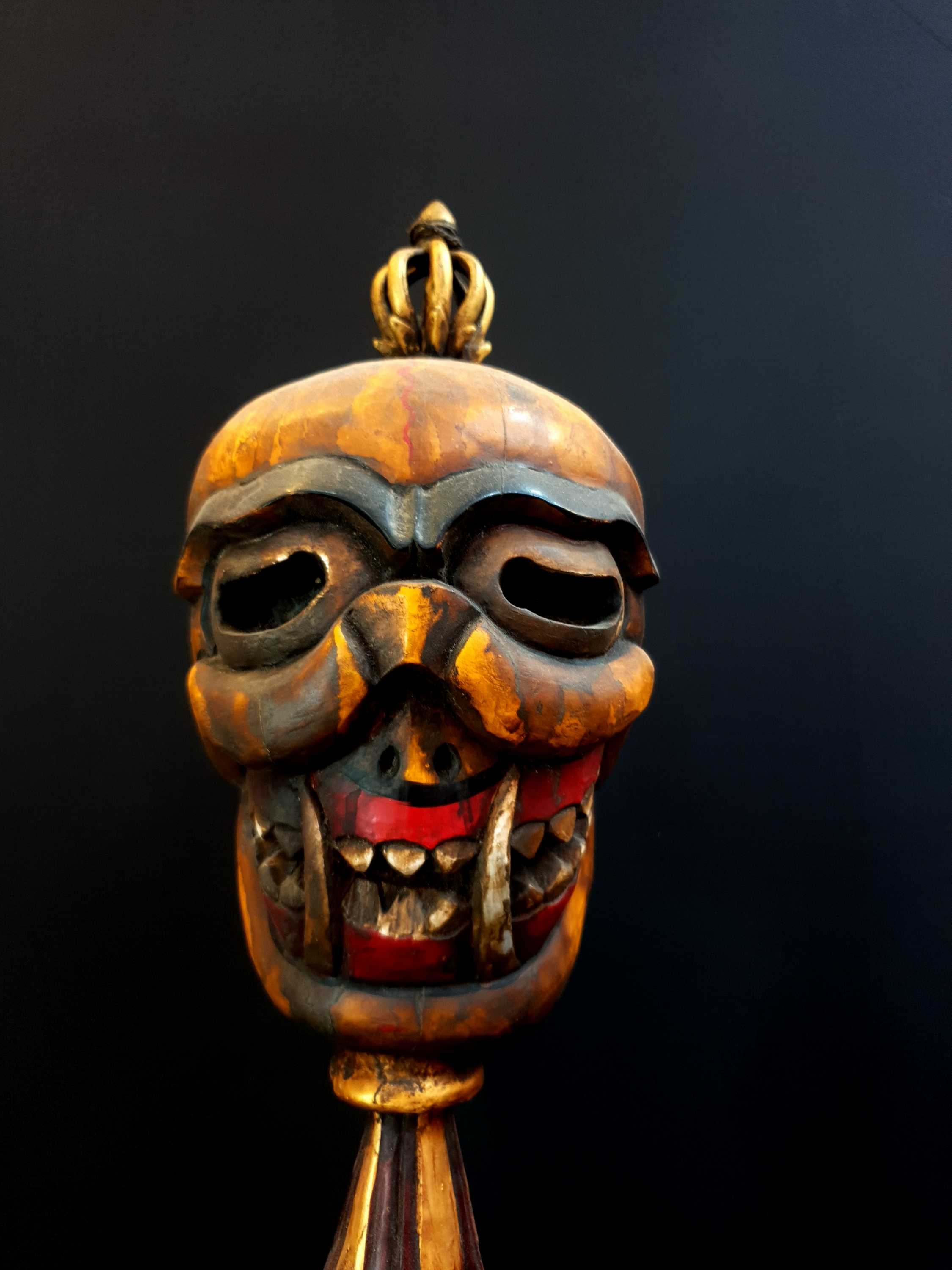 Large, Wooden
Large, Wooden 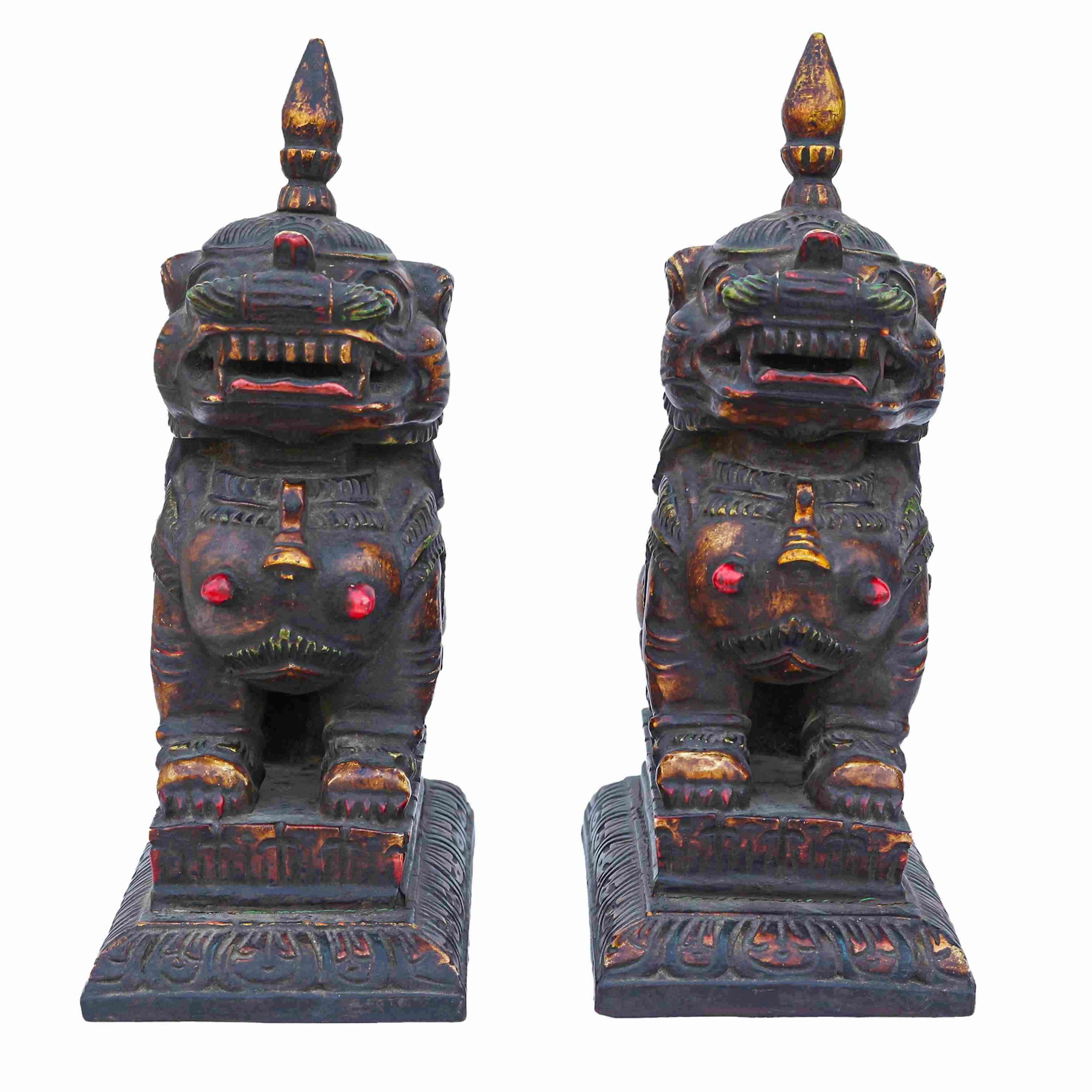 Traditional Tibetan, Wooden Statue
Traditional Tibetan, Wooden Statue 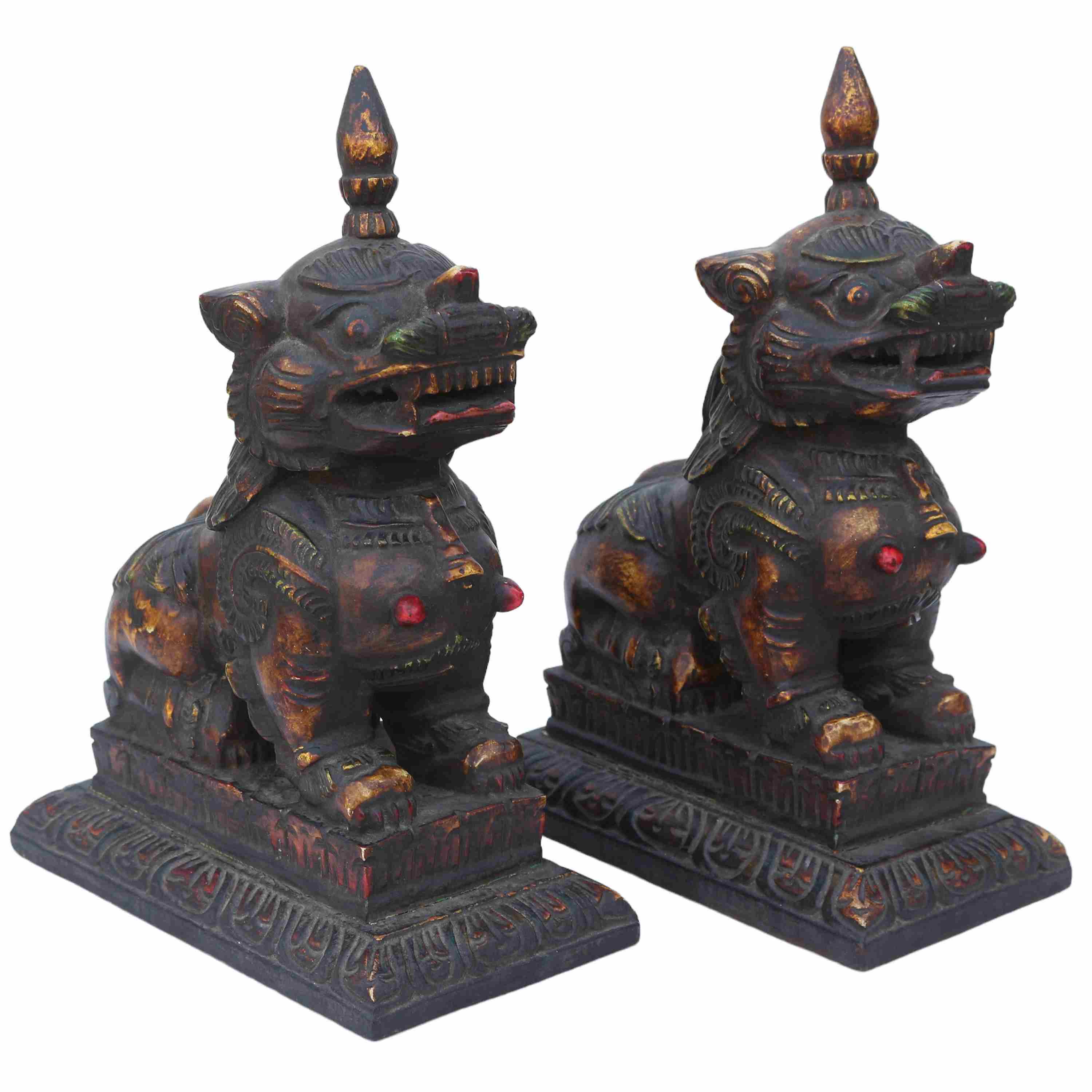 Traditional Tibetan, Wooden Statue
Traditional Tibetan, Wooden Statue 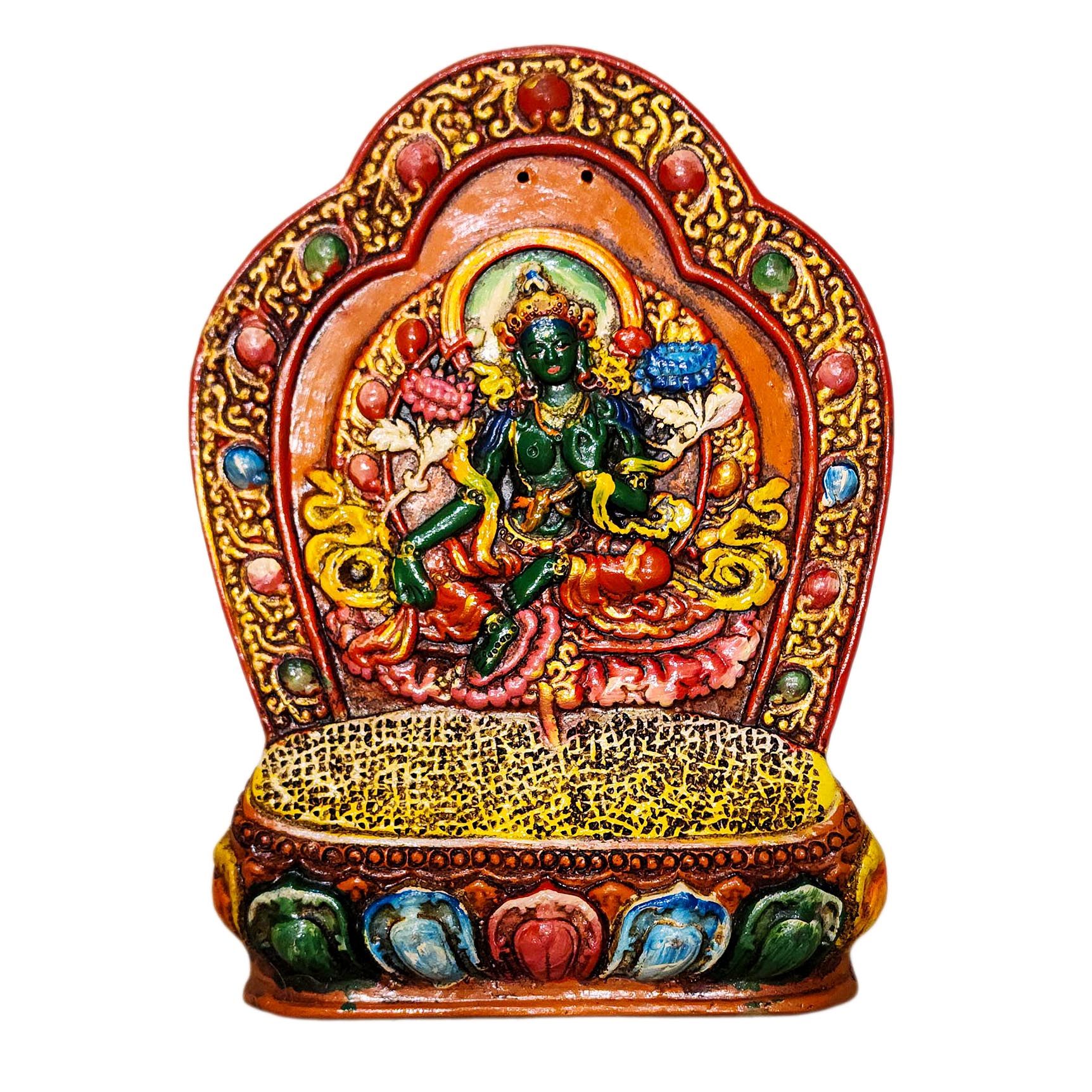 Green Tara, Resin Statue,
Green Tara, Resin Statue, 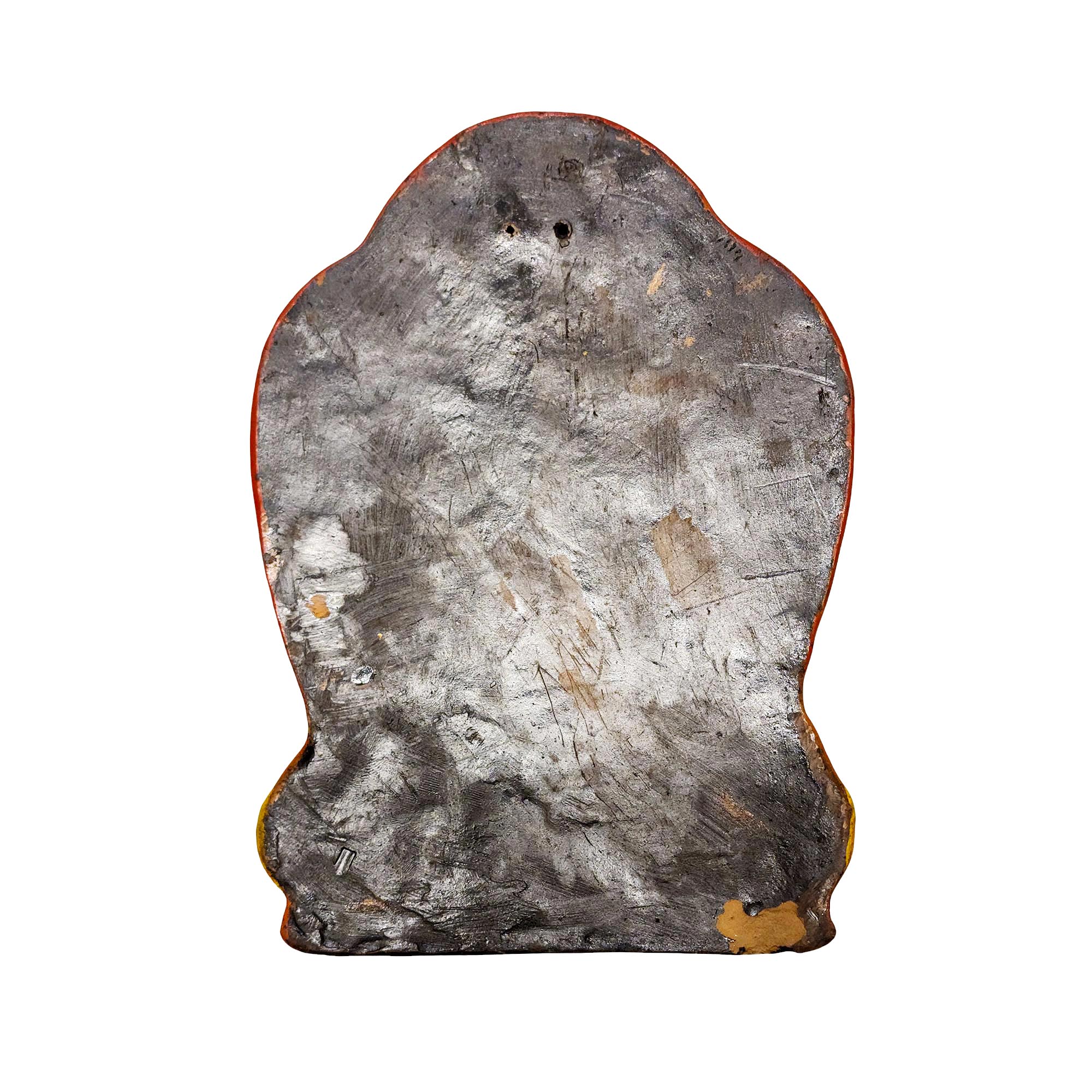 Green Tara, Resin Statue,
Green Tara, Resin Statue, 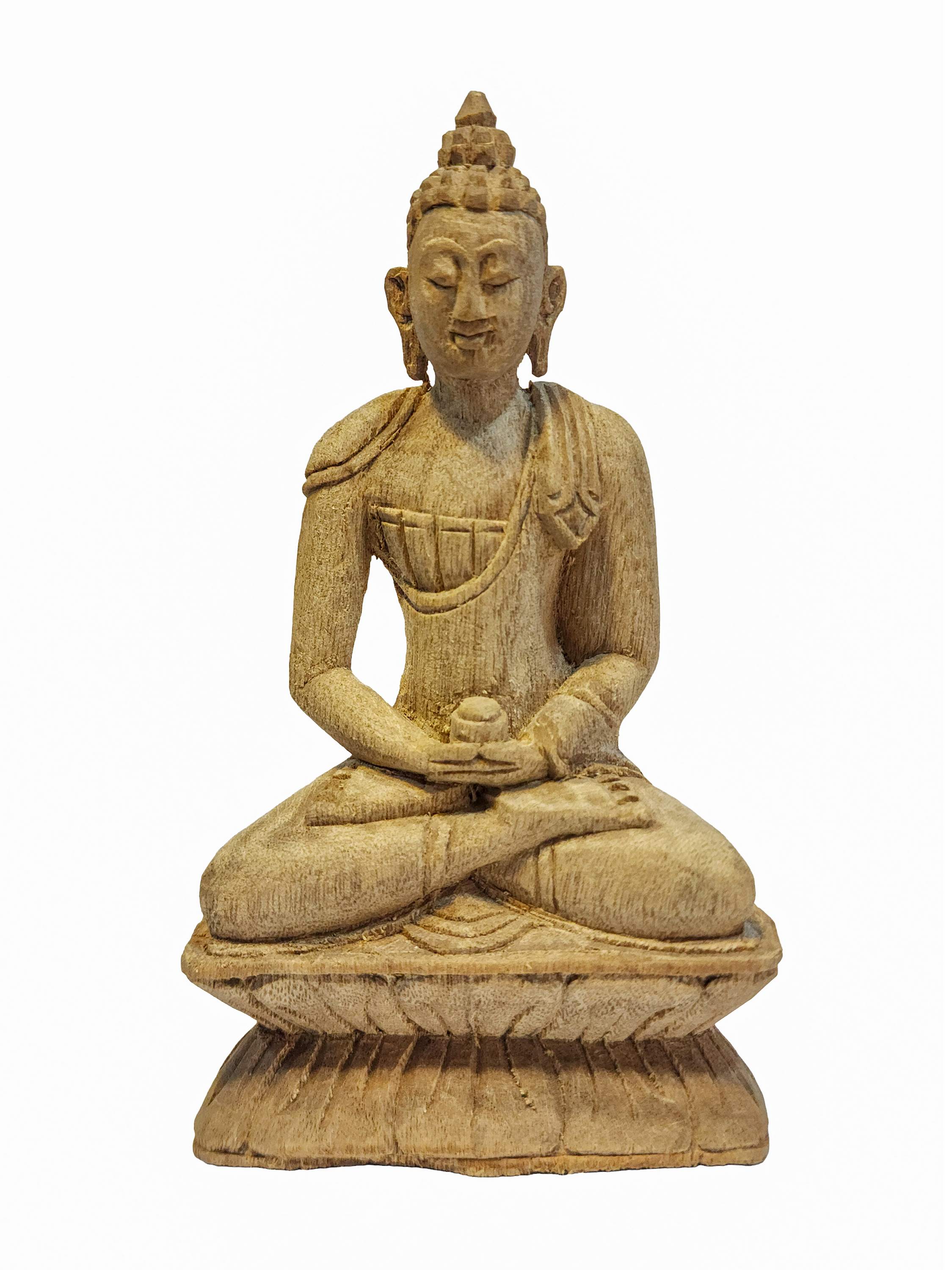 of Amitabha Buddha,
of Amitabha Buddha, 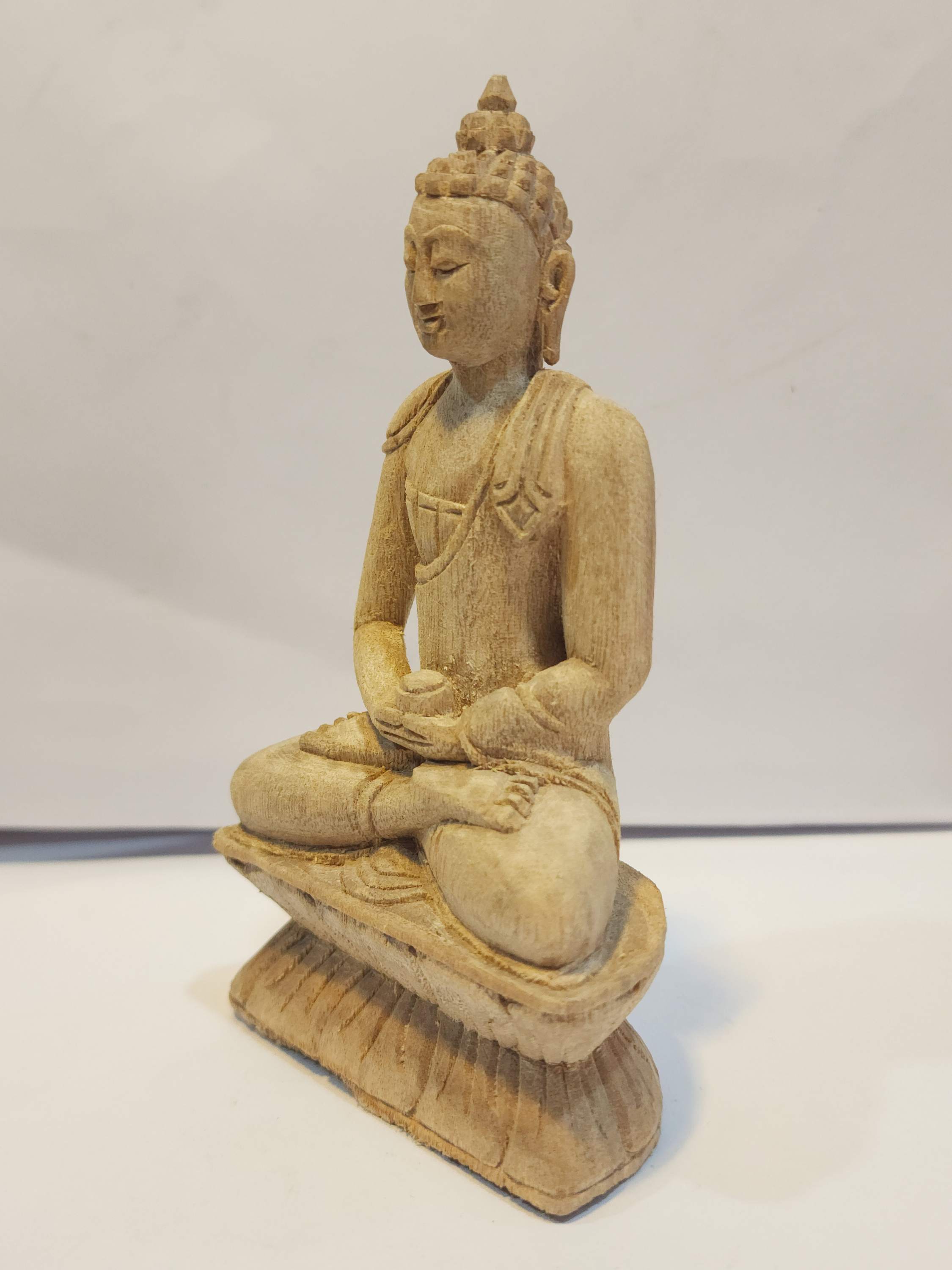 of Amitabha Buddha,
of Amitabha Buddha, 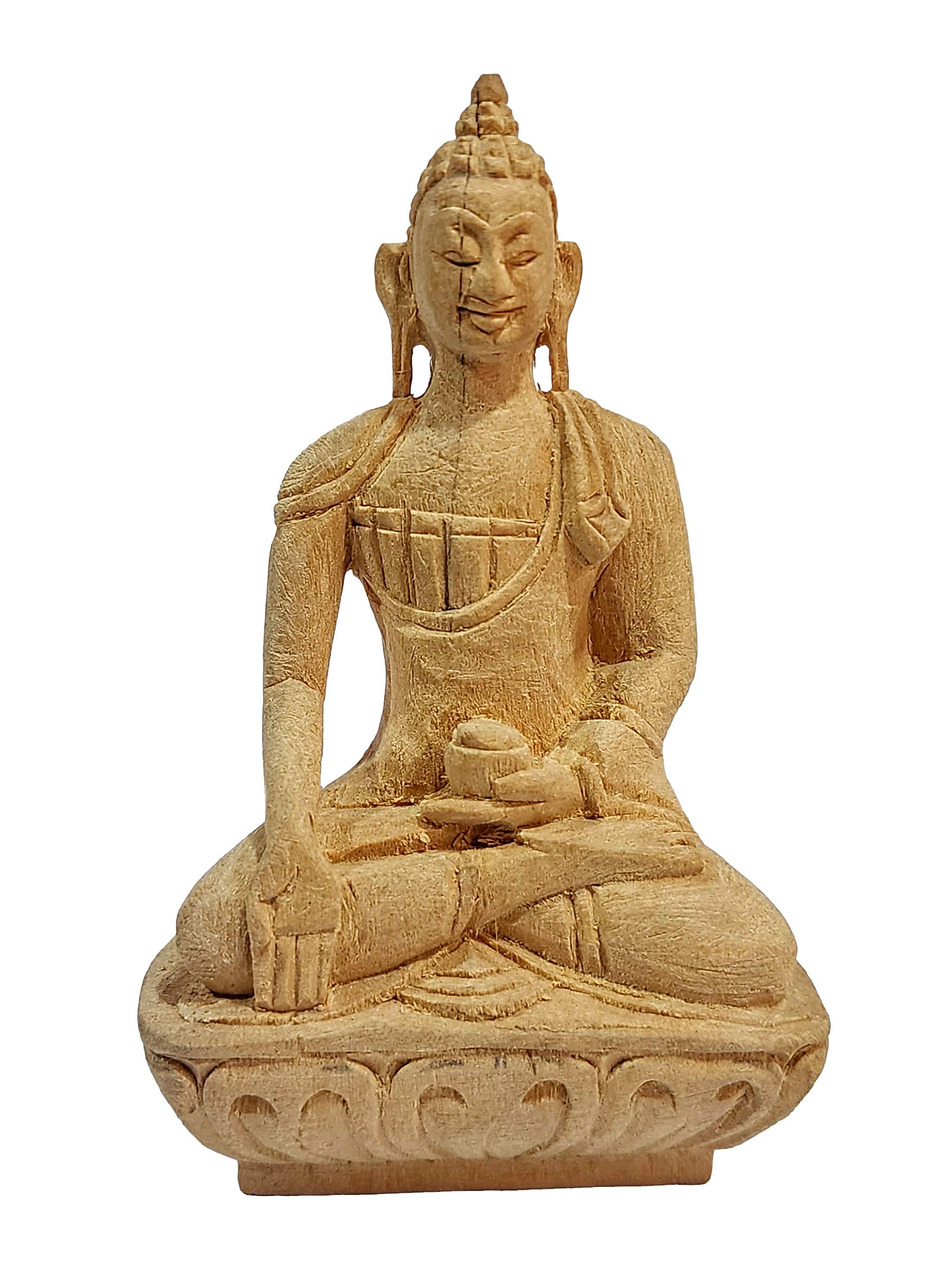 of Ratnasambhava Buddha,
of Ratnasambhava Buddha, 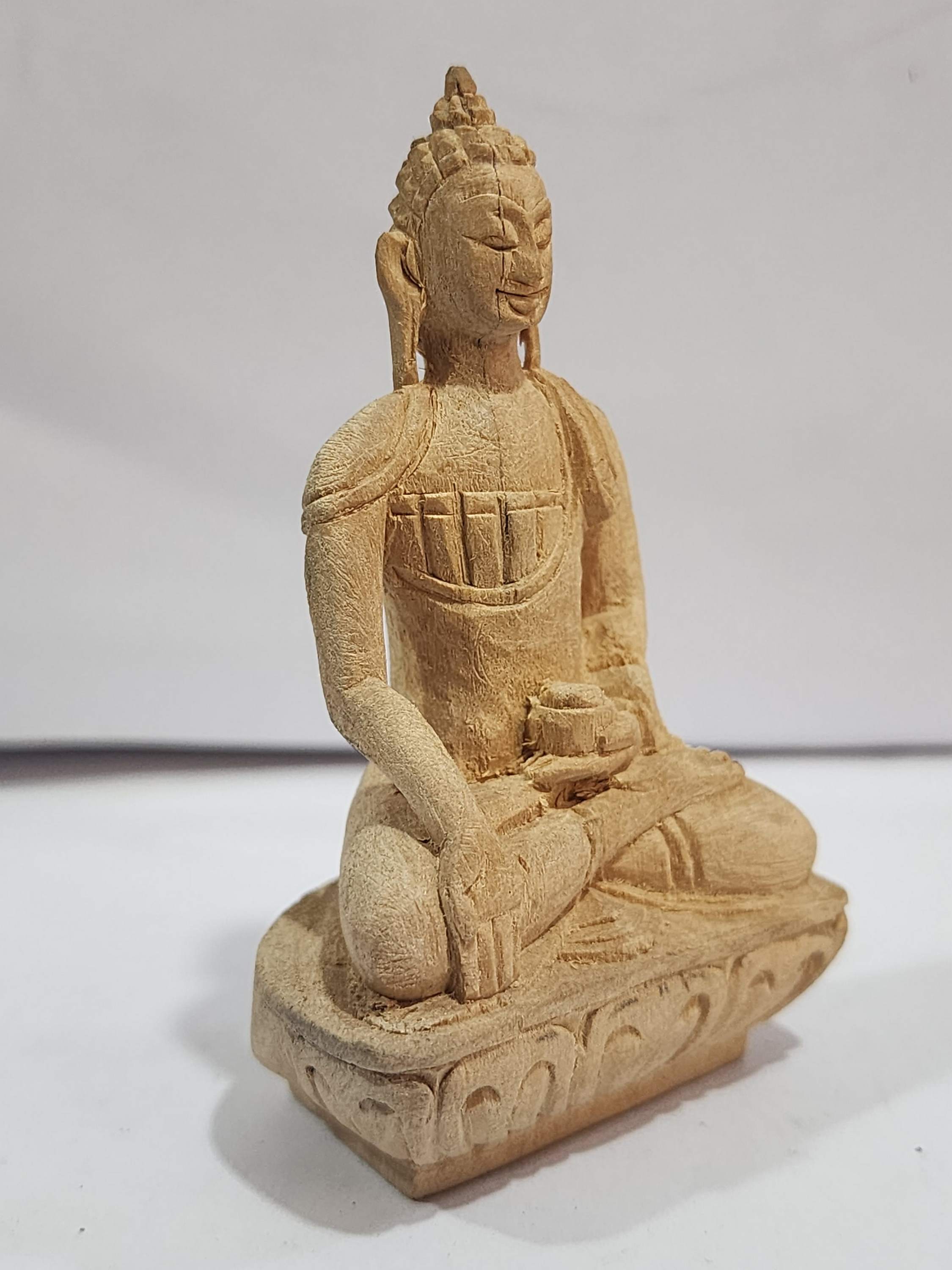 of Ratnasambhava Buddha,
of Ratnasambhava Buddha, 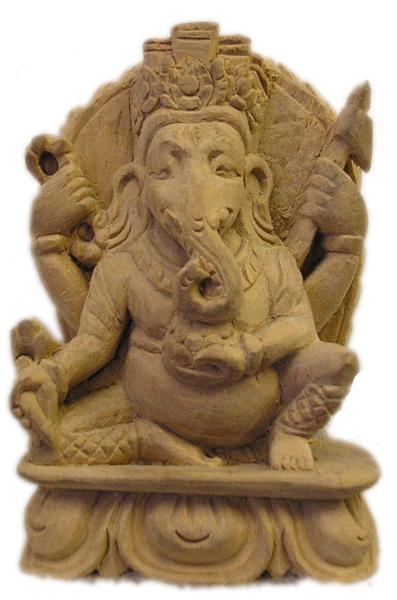
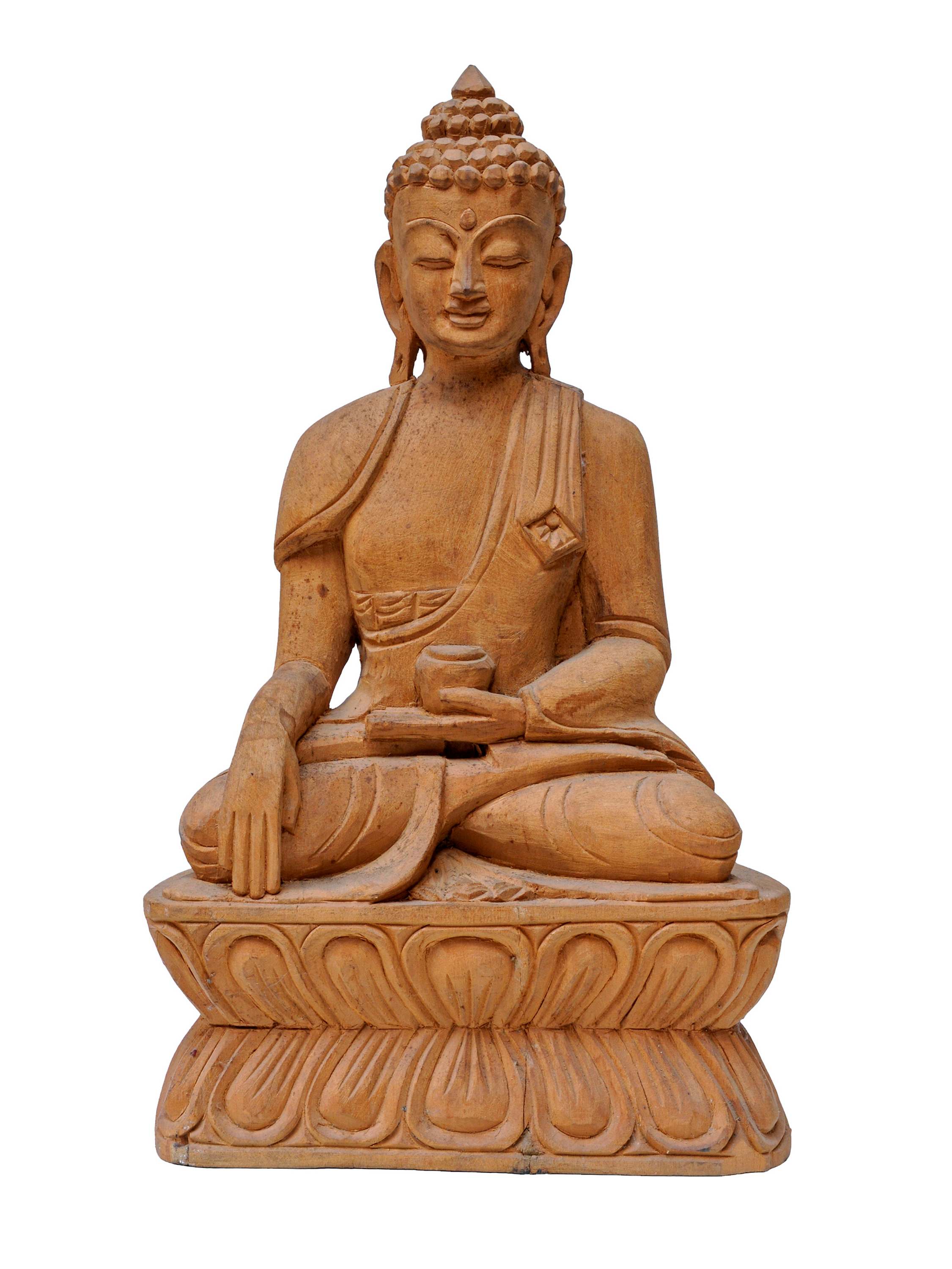 Normal Natural Wood" title="Buddhist Handmade Wooden Shakyamuni Buddha,
Normal Natural Wood" title="Buddhist Handmade Wooden Shakyamuni Buddha, 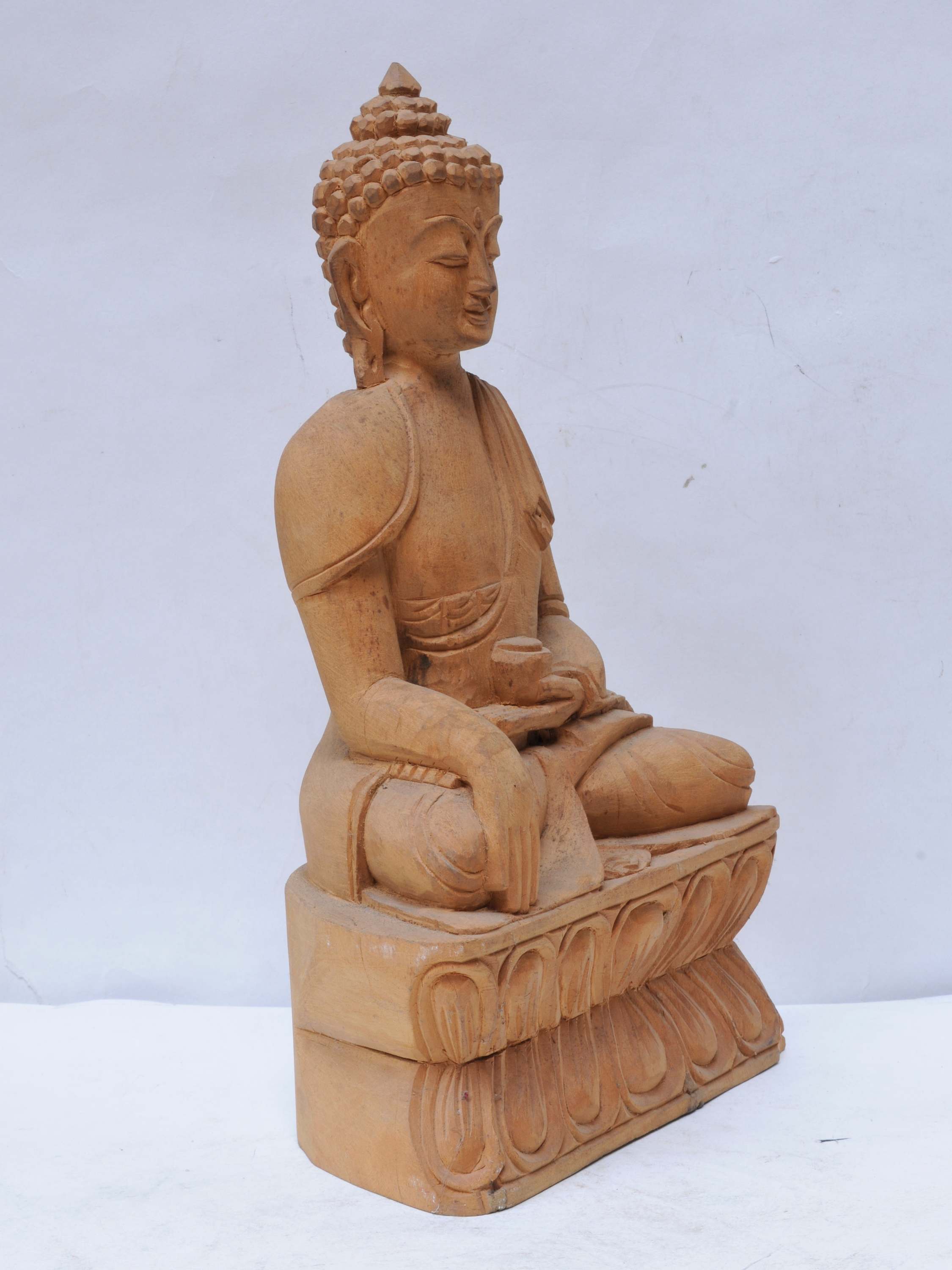 Normal Natural Wood" title="Buddhist Handmade Wooden Shakyamuni Buddha,
Normal Natural Wood" title="Buddhist Handmade Wooden Shakyamuni Buddha, 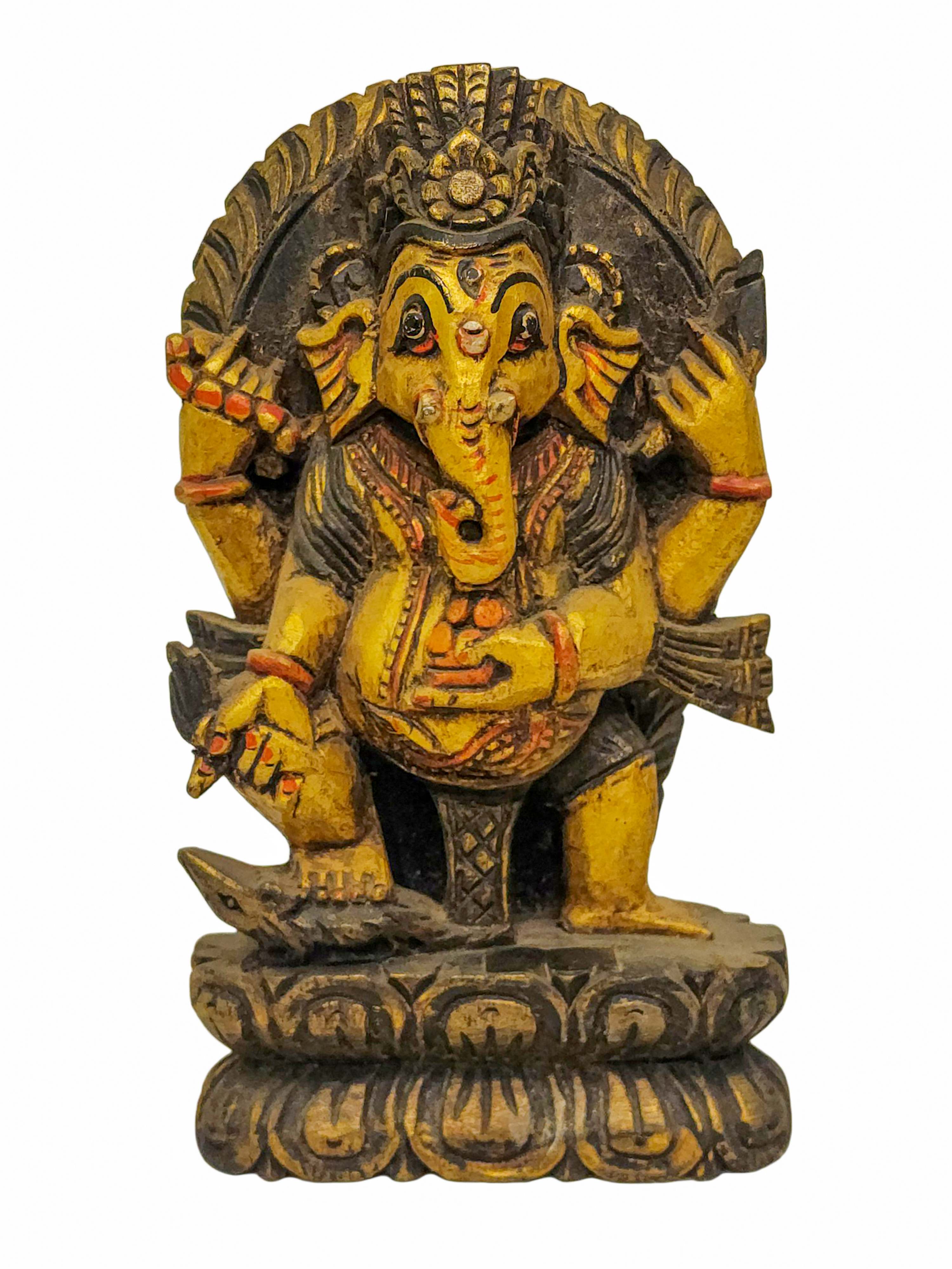 Ganesh, Buddhist Handmade Wooden Statue, Thangka Colour Finishing" title="
Ganesh, Buddhist Handmade Wooden Statue, Thangka Colour Finishing" title="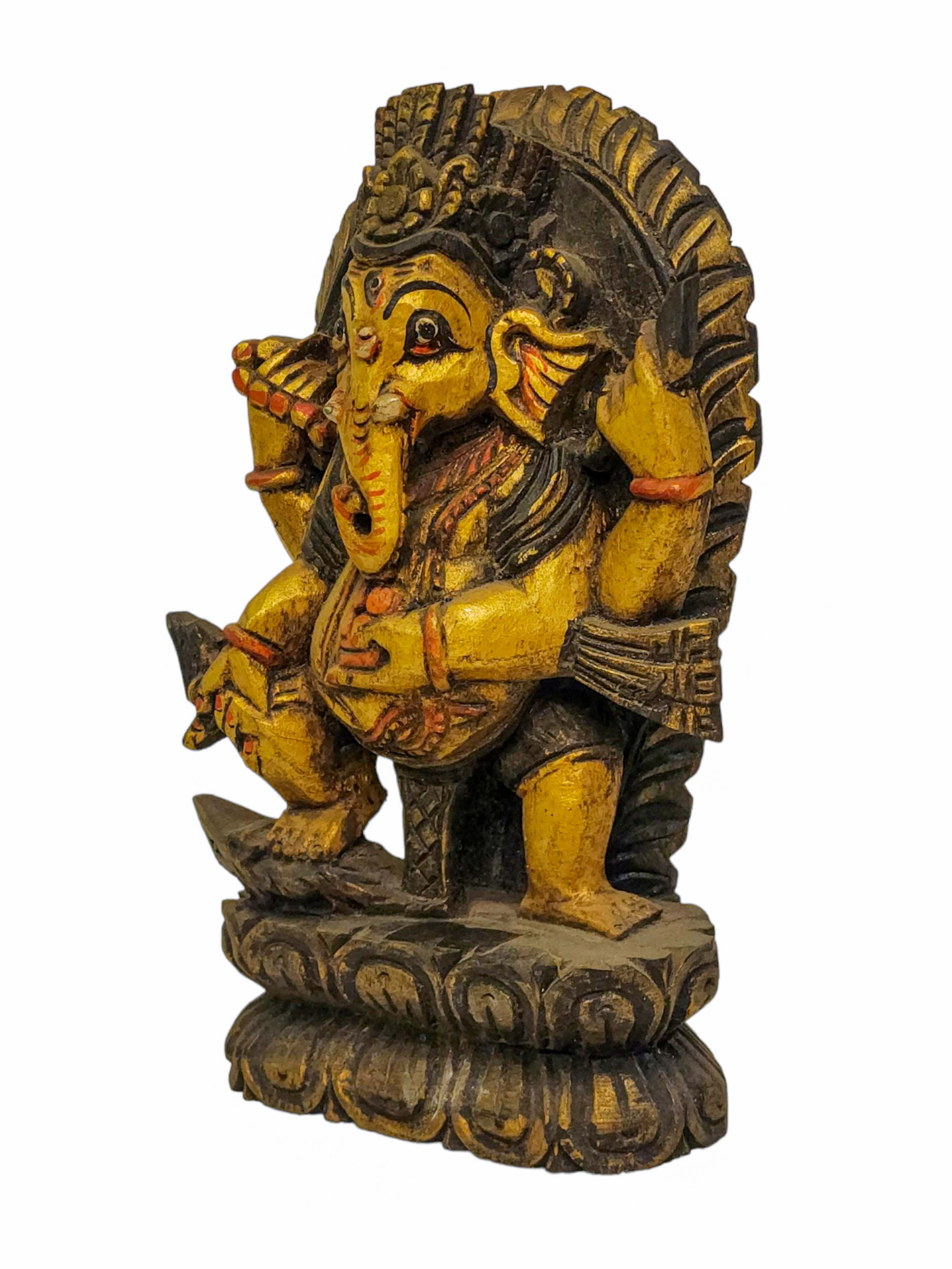 Ganesh, Buddhist Handmade Wooden Statue, Thangka Colour Finishing" title="
Ganesh, Buddhist Handmade Wooden Statue, Thangka Colour Finishing" title="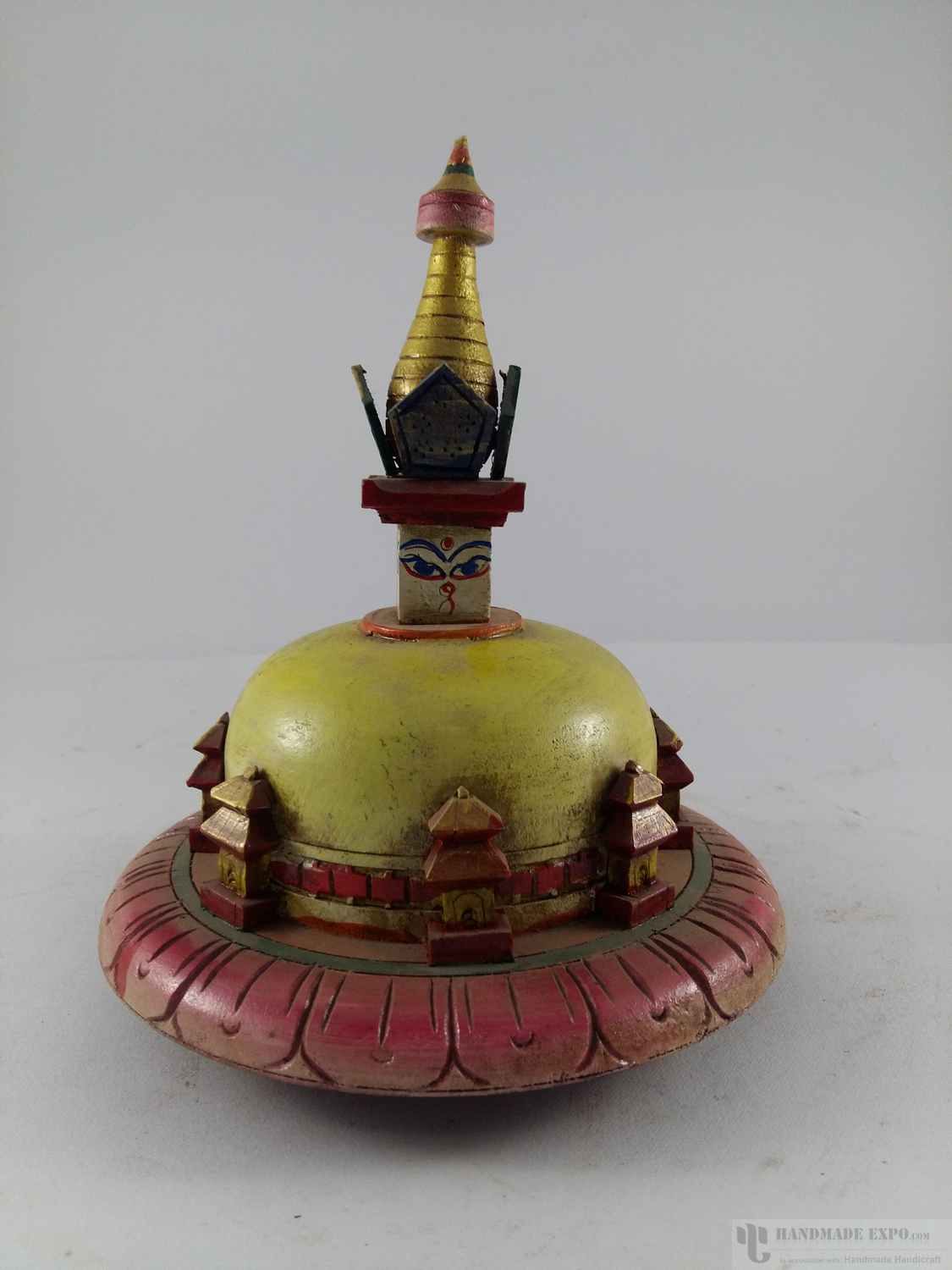 Large Swayambhunath Stupa Replica, Haldu Wood" title="Wooden
Large Swayambhunath Stupa Replica, Haldu Wood" title="Wooden 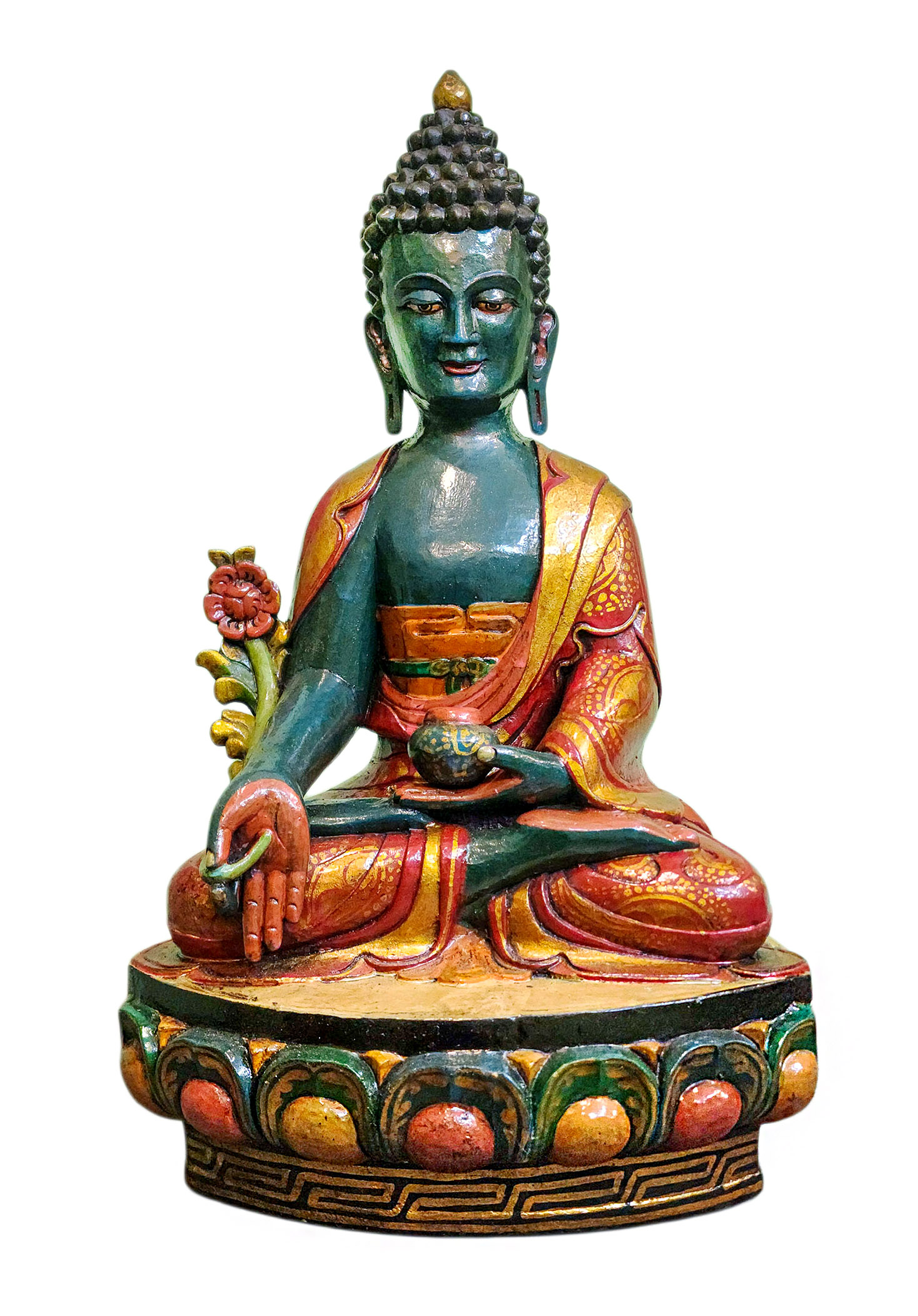 Medicine Buddha,buddhist Handmade Wooden Statue, Wall Hanging,
Medicine Buddha,buddhist Handmade Wooden Statue, Wall Hanging, 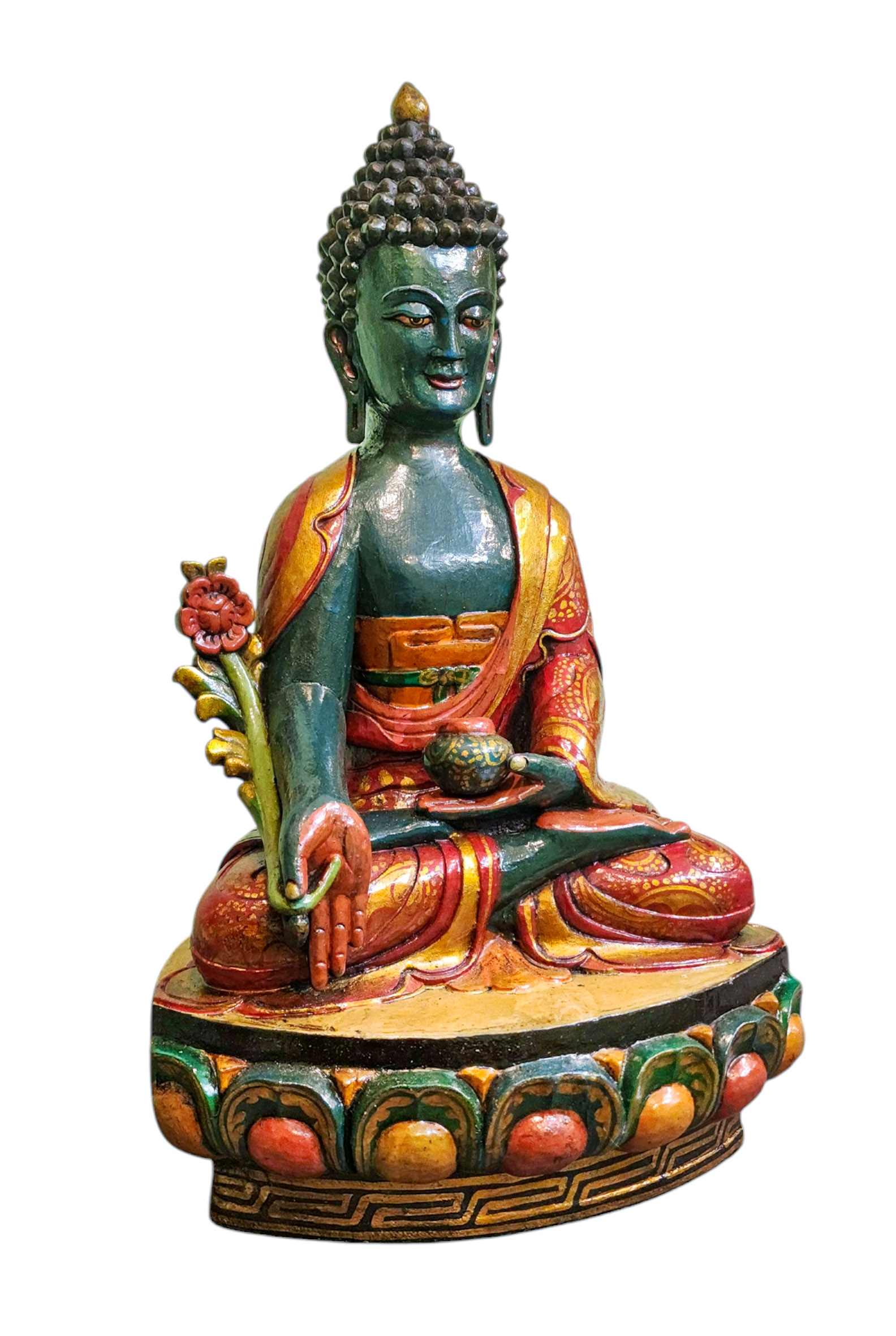 Medicine Buddha,buddhist Handmade Wooden Statue, Wall Hanging,
Medicine Buddha,buddhist Handmade Wooden Statue, Wall Hanging,